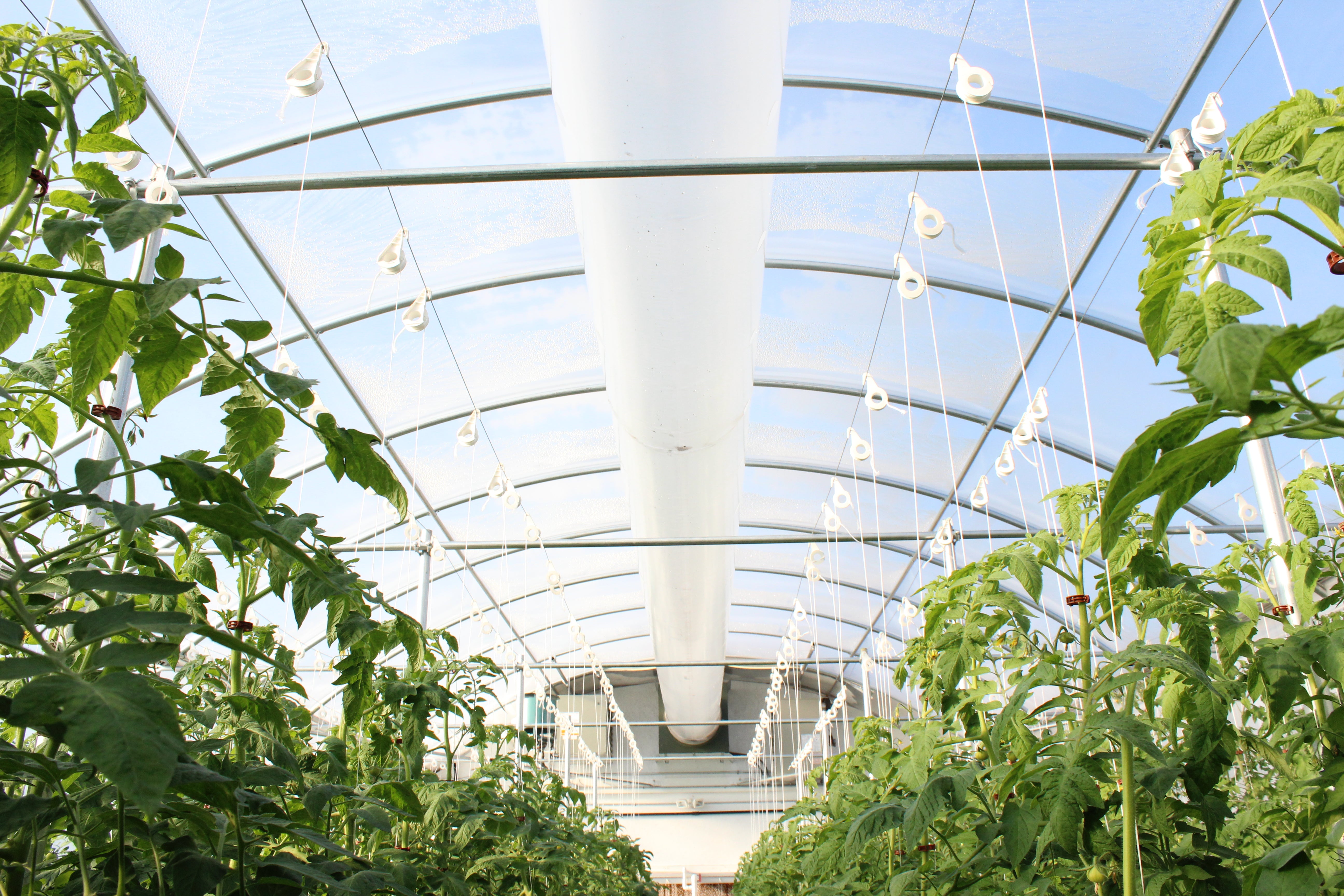Q&A: Supplemental lighting

Many produce growers view greenhouse structures and hydroponic growing methods as improvements upon the volatile elements of working outdoors in soil. These structures and systems provide growers with the ability to control environmental factors and produce consistent yields year-round.
One factor that contributes to further success in the greenhouse, albeit requiring an investment and additional work, is supplemental lighting. Produce Grower talked to Matthew Kispert, horticulturist at CropKing, about the importance of this ever-popular technology. This interview has been edited for length and clarity.
Produce Grower: Why is supplemental lighting important for growers, and what should they know about it?
Matthew Kispert: The main thing supplemental lighting is going to do is maintain the speed of your crop once the light levels start diminishing. If you’re growing a long-term crop like tomatoes, you might start them seasonally, and then as the season starts waning, the light levels are going to decrease, and that’s going to cause a drop in your production. Traditionally, that’s when most growers are terminating their crop, once those light levels get below a certain point.
It really is an economic decision — whether or not to use lighting. It’s always been the biggest hang-up of supplemental lighting. Margins on vegetable production are already really low. You have to make a very conscious, well-thought out decision if you’re going to attempt to use supplemental lighting.
I think a lot of lighting companies tend to oversell the amount of light that they’re giving people. I think it’s really important, if you’re going to use supplemental lighting, to make the investment in getting a light meter and going through and checking your greenhouse to see just what your light levels are so you know exactly how much light you need to add. It’s very easy to add too much light or not do it appropriately where you don’t have good coverage and then it defeats the point. Light is something that needs to be given a little bit more thought than simply buying a bunch of fixtures and throwing them up around the greenhouse.
Supplemental lighting goes hand-in-hand with CO2 use. Photosynthesis — you’re utilizing carbon dioxide. Generally speaking, carbon dioxide is the limiting factor in photosynthesis, so it is really important to know what the CO2 levels in your operation are like, and monitor those as well, because you could be wasting money on lighting if you simply don’t have enough CO2. Or you might be able to get better growth by more economically increasing the CO2 in your environment as opposed to increasing lighting. It’s one of those things where it’s important to be aware of the correlation between the two. And if you’re going to give one, you’ll get more bang for your buck if you’re providing both. Or, since CO2 in a greenhouse is the limiting factor, start with CO2 supplementation, and then you might consider adding more lighting to make better use of the available CO2.
Read more with the original interview from Produce Grower, here.
q&a lighting